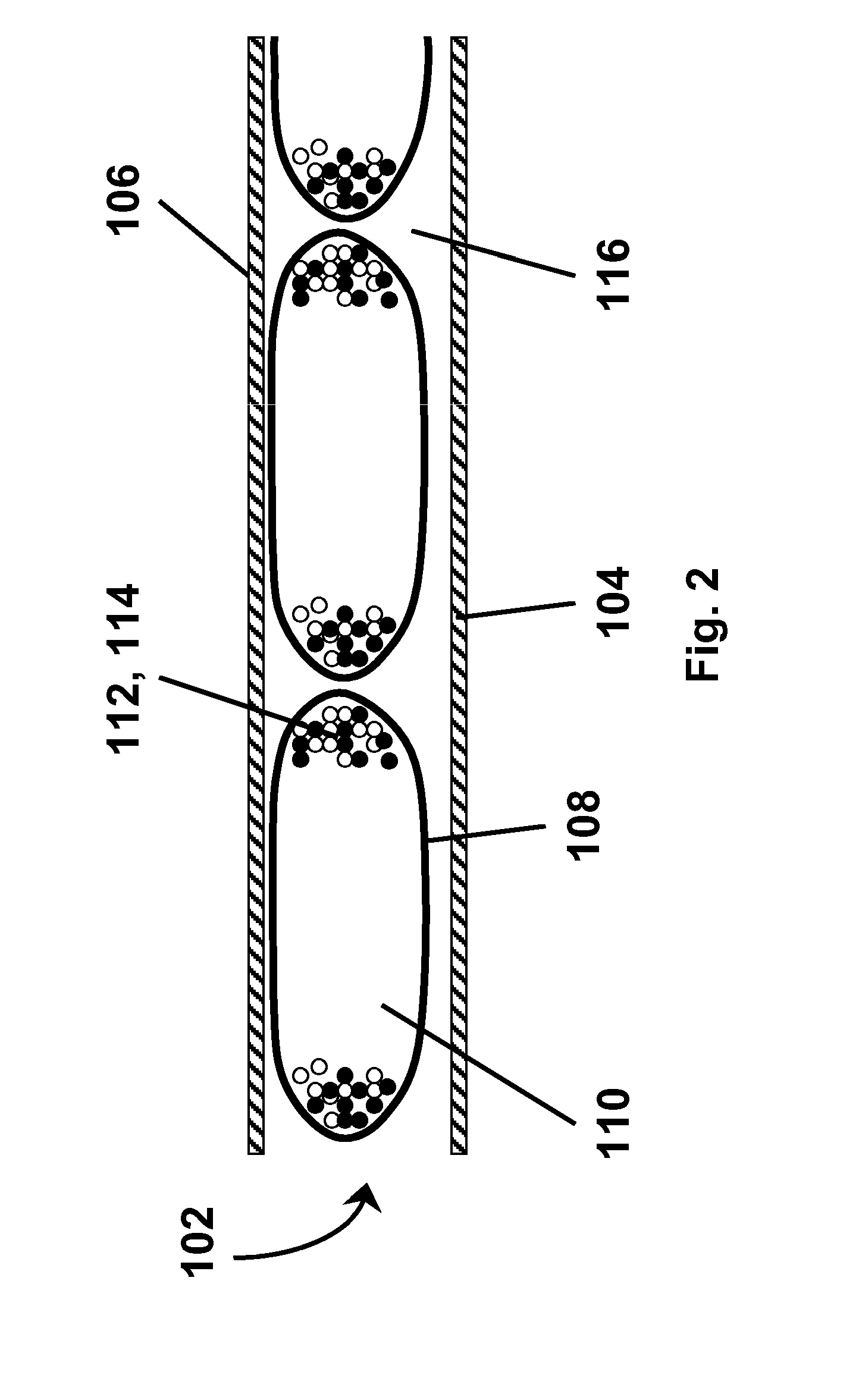Methods for driving electrophoretic displays using dielectrophoretic forces
a technology of electrophoretic displays and dielectrophoretic forces, applied in the direction of instruments, optics, static indicating devices, etc., can solve the problems of inadequate service life of electrophoretic displays, preventing widespread use, and gas-based electrophoretic media being susceptible to the same types of problems
- Summary
- Abstract
- Description
- Claims
- Application Information
AI Technical Summary
Benefits of technology
Problems solved by technology
Method used
Image
Examples
Embodiment Construction
[0063]As indicated above, this invention provides several different methods for operating dielectrophoretic displays. These several methods may be described separately below, but it should be understood that a single display of the present invention may make use of more than one of such methods, either at the same time or as alternative methods of operation at different times. The following description will assume that the reader is familiar with the contents of the aforementioned copending application Ser. Nos. 10 / 907,140; 10 / 687,166 and 10 / 249,973, to which the reader is referred for further details of materials and display construction techniques useful in the displays of the present invention.
[0064]However, before describing in detail the various methods of the present invention, it is believed to be desirable to give some more theoretical consideration to electrophoretic and dielectrophoretic movement of particles within an electrophoretic medium.
[0065]In an electric field, par...
PUM
| Property | Measurement | Unit |
|---|---|---|
| frequency | aaaaa | aaaaa |
| frequency | aaaaa | aaaaa |
| frequencies | aaaaa | aaaaa |
Abstract
Description
Claims
Application Information
 Login to View More
Login to View More - R&D
- Intellectual Property
- Life Sciences
- Materials
- Tech Scout
- Unparalleled Data Quality
- Higher Quality Content
- 60% Fewer Hallucinations
Browse by: Latest US Patents, China's latest patents, Technical Efficacy Thesaurus, Application Domain, Technology Topic, Popular Technical Reports.
© 2025 PatSnap. All rights reserved.Legal|Privacy policy|Modern Slavery Act Transparency Statement|Sitemap|About US| Contact US: help@patsnap.com



